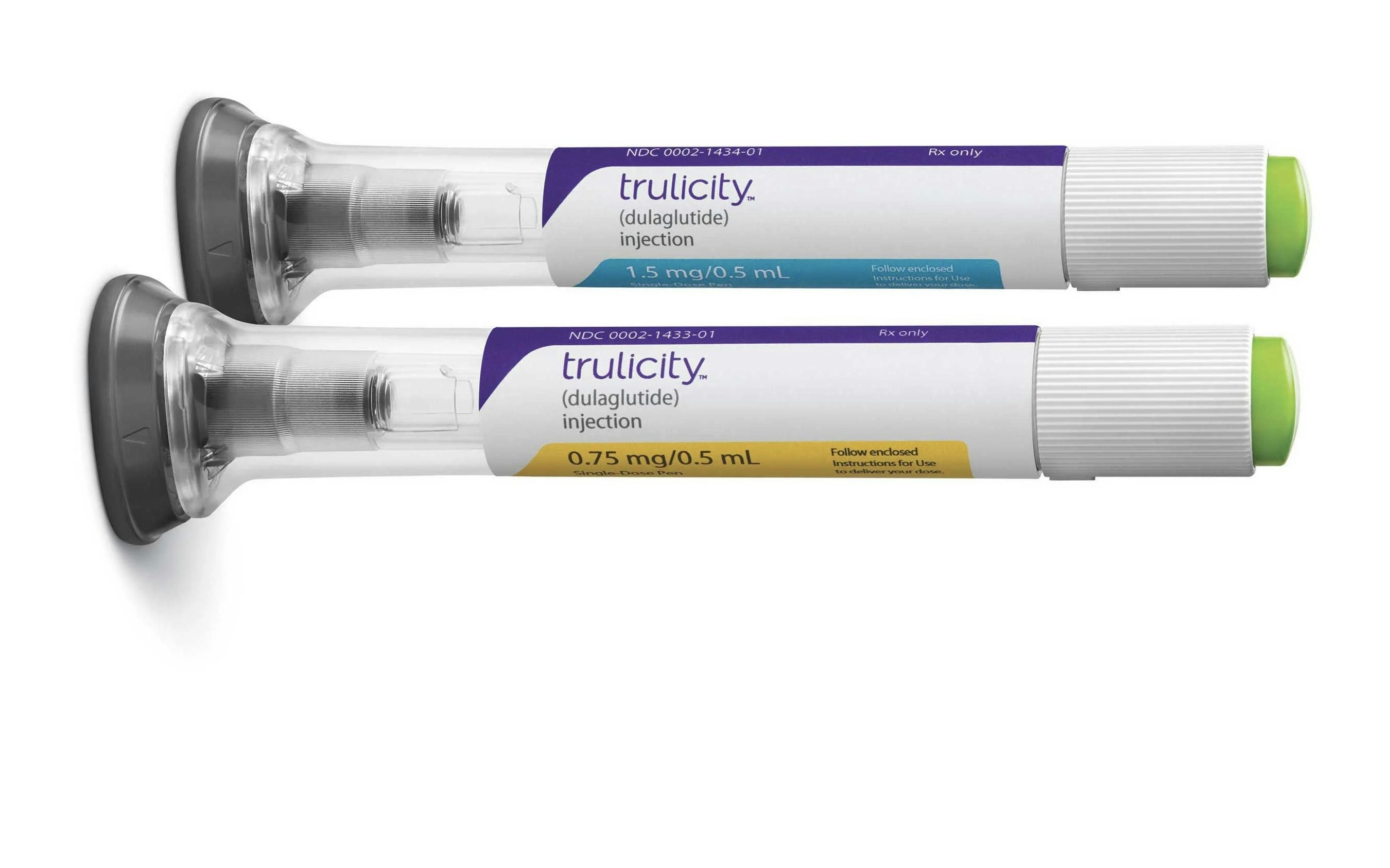Companies look for ways to prevent people from losing muscle mass when taking popular weight loss medications. Weight loss medications like Wegovy and Zepbound are quickly gaining popularity, and for good reason: they are remarkably effective and can also help reduce other health risks. However, there is a catch.
A large portion of this weight loss can occur in the form of muscle mass loss. While the loss of muscle mass, and not just fat, is to be expected when calorie restricted, some experts are concerned that this could lead to an increased risk of injury, especially in older individuals. Another concern is that muscle loss could slow down the metabolism of patients, leading to weight regain.
And whether people will build approximately the same amount of muscle mass with weight regain, is not yet fully clarified. Strength training is an obvious option for patients to prevent muscle loss while taking these medications.
Another possibility could be to combine these GLP-1s with other drugs that help preserve muscles. Last July, Eli Lilly, the developer of Zepbound, paid up to $1.93 billion for Versanis, a startup working on this idea.
Lilly will test whether the combination of GLP-1s with the monoclonal antibody from Versanis can help patients lose weight while maintaining muscle mass. Versanis is part of a series of companies that have targeted the aspect of muscle loss during weight loss.
While there are different approaches, they largely aim to block proteins associated with muscle regulation, such as Myostatin and Activin. The idea of experimenting with such signaling pathways to promote muscle growth is not new. For example, the Myostatin gene has long been known to control muscle size in the body.
Switching it off gives you more muscle mass. This is the case with the ultra-muscular Belgian Blue, a breed of cattle with a mutation in the myostatin gene.
1997, a team of scientists from Johns Hopkins University demonstrated that disabling the gene in mice resulted in them producing twice as much muscle mass as normal rodents and earning the nickname "mighty mice". Many companies have been striving for a long time to target these signaling pathways in order to help patients with muscle wasting conditions such as Duchenne muscular dystrophy and sarcopenia.
Unfortunately, the medication has indeed contributed to improving muscle mass, but companies have had difficulties demonstrating clinically significant benefits for patients, explains Brian Skorney, a biotech analyst at Baird.
The combination of these medications with weight loss drugs has revitalized this class. Roche, which recently entered the obesity market with the acquisition of Carmot Therapeutics, says it plans to investigate anti-obesity drugs in combination with its myostatin antibody.
Regeneron recently announced plans to investigate its myostatin and activin antibodies in conjunction with Novo Nordisk's semaglutide (the active ingredient in Wegovy). "There will be room for more than a few players in the obesity market," said Roche Pharma CEO Teresa Graham in an interview at the J.P. Morgan Healthcare Conference this month.
"There will be medications that arrive first, and there will be medications that are actually the best. If you can address things such as compatibility or muscle loss...you will see that there is room for medications that perform better than the first generation."
Brian Chow, a health analyst at investment firm Eventide Asset Management, says that improving the safety and side effect profile of weight loss medications is particularly important because the target market is so large, with potentially half of the adult population being eligible.
Among the publicly listed start-ups engaged in the repurposing of such medications are Keros Therapeutics Biohaven and Scholar Rock.
Every company approaches the myostatin signaling pathway in different ways, but they all have the same goal: to show that humans can lose weight while maintaining muscle mass. David Nierengarten, an analyst at Wedbush, says that the price Lilly paid for Versanis - nearly 2 billion dollars - should be considered by investors as the lower end of the acquisition range for companies with these assets.
Scholar Rock and Keros are both valued with a market capitalization of $1 billion to $2 billion, while Biohaven, which has a deeper pipeline, is valued at $3.5 billion. There is still ongoing debate in the medical world on the actual severity of muscle loss as a side effect.
Louis Aronne, an obesity expert at NewYork-Presbyterian/Weill Cornell Medical Center, argues that there is no reason to believe that when patients regain weight, they would not also regain approximately the same amount of muscle mass - a key concern for some patients whose weight fluctuates up and down when they start and stop taking medication.
Aronne, who is also a consultant for Eli Lilly and Novo Nordisk, says that the health benefits of GLP-1s far outweigh concerns about muscle loss. It is still not clear if these medications will work well enough to become part of standard therapy for weight loss. But for now, the possibility alone that they could tap into the GLP-1 boom has given these companies a potentially lucrative new target.








